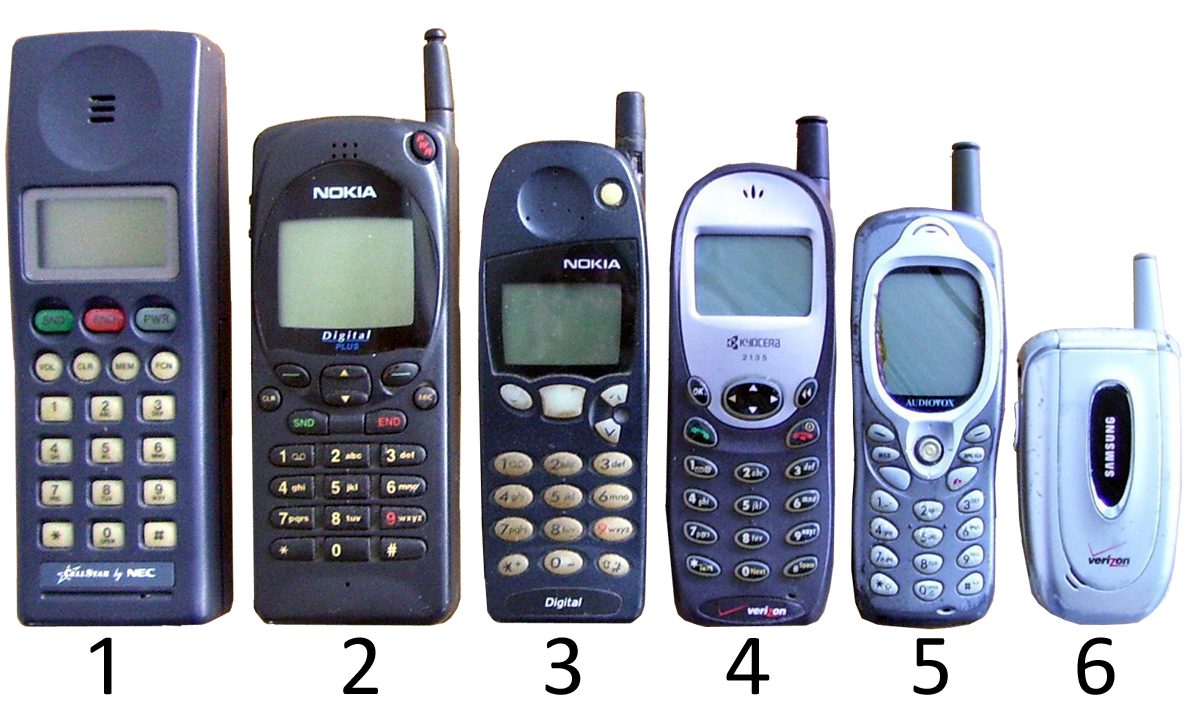History of mobile phone and smartphone wonders
In
the picture "wireless telephony", published in the German satirical
magazine In 1908, Professor Albert Jahnke and the Oakland Transcontinental
Aerial Telephone and Power Company claimed to have developed a wireless
telephone. They were accused of fraud and the charge was then dropped, but they
do not seem to have proceeded with production.[2] In 1917 the Finnish inventor
Eric Tigerstedt successfully filed a patent for a "pocket-size folding
telephone with a very thin carbon microphone". Beginning in 1918, the
German railroad system tested wireless telephony on military trains between
Berlin and Zossen.[3] In 1924 public trials started with telephone connection
on trains between Berlin and Hamburg. In 1925 the company Zugtelephonie AG was
founded to supply train-telephony equipment and, in 1926 telephone service in
trains of the Deutsche Reichsbahn and the German mail service on the route
between Hamburg and Berlin was approved and offered to first-class
travelers.[4]
Karl Arnold
drawing of public use of mobile telephones
Fiction
anticipated the development of real-world mobile telephones. In 1906 the
English caricaturist Lewis Baumer published a cartoon in Punch entitled
"Forecasts for 1907"[4] in which he showed a man and a woman in
London's Hyde Park each separately engaged in gambling and dating on
wireless-telegraphy equipment.[5] In 1923 Ilya Ehrenburg casually listed
"pocket telephones" among the achievements of contemporary technology
in a story in his collection Thirteen Pipes (Russian: Тринадцать трубок).[6] In
1926 the artist Karl Arnold drew a visionary cartoon about the use of mobile
phones in the stSimplicissimus.[7]
The Second
World War (1939-1945) saw the military use of radio-telephony links. Hand-held
radio transceivers have been available since the 1940s. Mobile telephones for
automobiles became available from some telephone companies in the 1940s. Early
devices were bulky, consumed large amounts of power, and the network supported
only a few simultaneous conversations. (Modern cellular networks allow
automatic and pervasive use of mobile phones for voice- and
data-communication.)


No comments